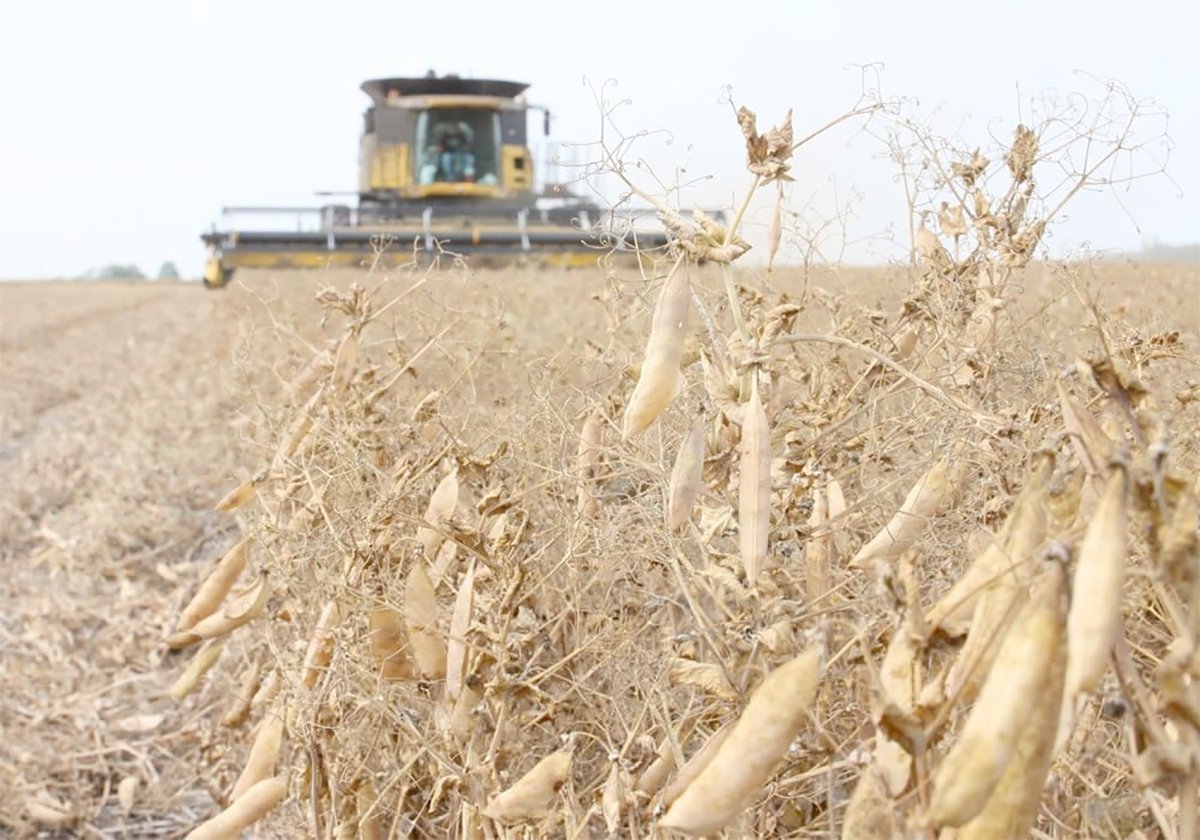SASKATOON – Feed barley growers may want to fasten their seatbelts.
Experts say international subsidies, weather-related production fluctuations, international market demand, worldwide increases in barley acreage, replacement feed production and grain transportation could all work together to give prices a wild ride.
As farmers and sellers watched, prices fell 20 cents a bushel in one day last week while the European Union placed its first subsidy on export barley in more than a year.
“Record prices are history now. The producers who sat on their (barley) inventories, hoping that prices would rise even higher, waited too long,” said Errol Anderson, of Palliser Commodities in Calgary.
Read Also

Chinese, Indian tariffs take toll on pea prices
The disruption of pea exports from Canada’s largest customers will likely result in slow pea exports for the remainder of the crop year.
Anderson said the market price could reach $150 a tonne this week and a drop to $140 is possible before the end of the year.
“An EU sale of 36,000 tonnes of barley was made under a small subsidy, but it does mark the first time that their export restitutions have come back into play since last year,” said Steven Schuetz, a market analyst with the Canadian Wheat Board.
Schuetz said EU actions with subsidies will determine international export supply over the grain year. Higher export subsidies will prompt European farmers to sell into the export market while lower or no subsidies will cause them to feed their barley stocks.
Statistics Canada’s newly released field crop report for July 31 shows an even greater increase in barley production than was initially predicted.
The report said 1996 western Canadian production should reach more than 15 million tonnes, which is an increase of more than three million tonnes over 1995. When combined with the relatively tight two million tonne carry-in from last year and a strong eastern Canadian crop, a Canadian inventory of 18.2 million tonnes is possible.
Exports must increase
Late seeded crops were the norm in most of the malt barley growing areas. While favorable late August weather left selection rates up in the air, they are moving toward favorable numbers in the 2.5 million tonne range, experts said. Export sales would need to triple over 1995-96 to keep the tight inventory carry-in situation in the two million tonne range for next year.
Canola could also play a role in the market. Because prices are predicted to rise, farmers may choose to hold onto the oilseed until late winter and instead sell feed barley and other feed grains straight off the combine in order to generate fall cash flow.
A late American corn harvest will also affect international feed grain exports as U.S. feedlots move to barley while waiting for the October and November corn crops to be harvested. United States department of agriculture projections show total U.S. barley production to be up slightly over 1995-96 to 8.5 million tonnes. However, total feed grain production is expected to rise only four percent over last year, meaning tight U.S. feed stocks will remain.
“It may push prices higher later in the season, but only time will tell the whole story. The trade hasn’t reacted to the news and feels that the USDA report has over compensated in their frost damage estimates to the late corn crop,” said Schuetz.














